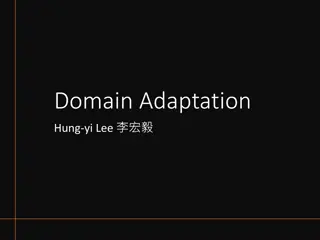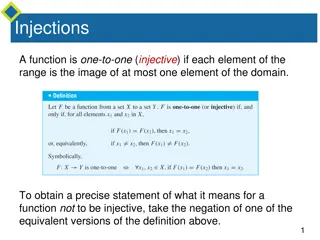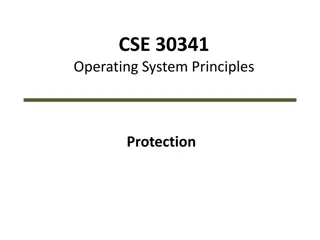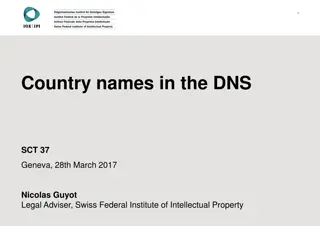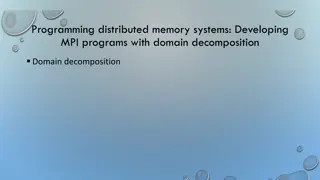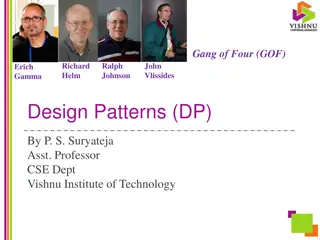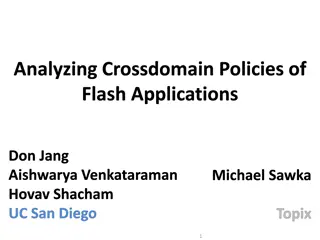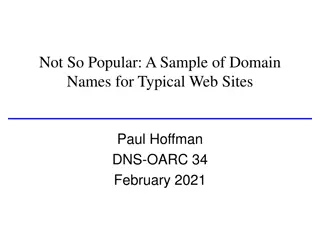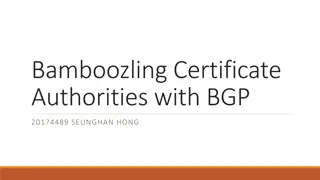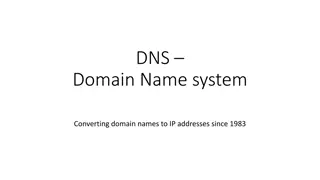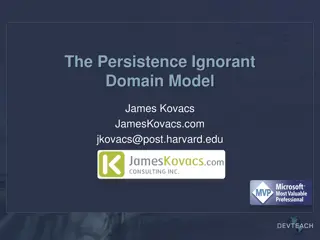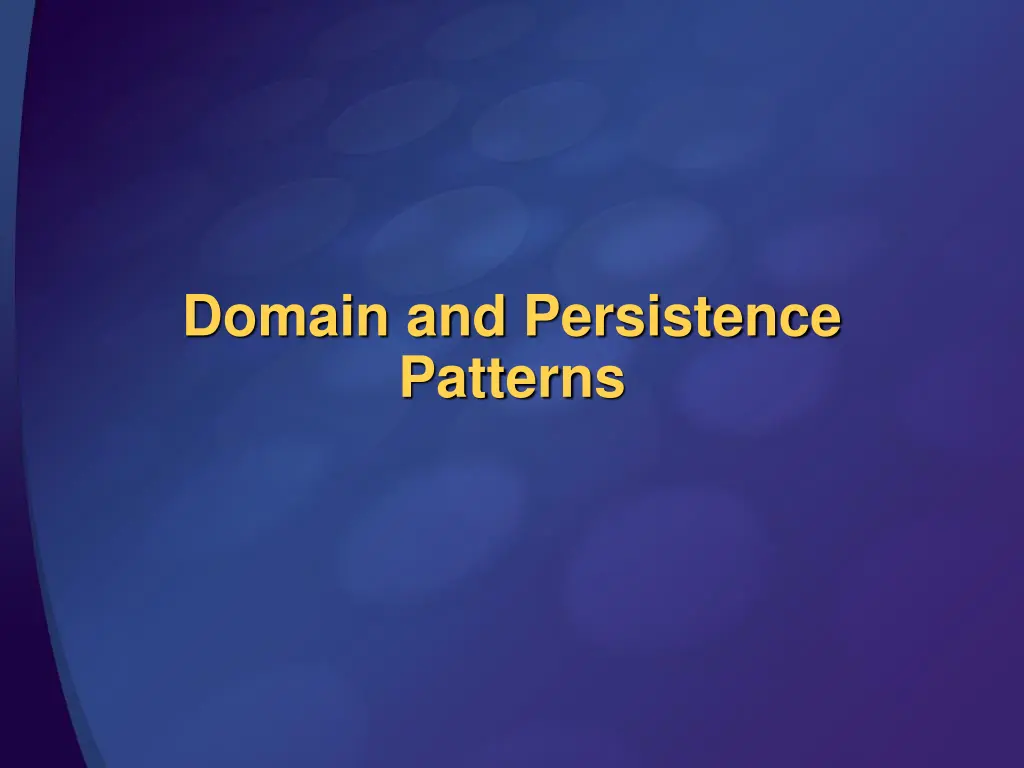
Database Persistence Patterns and Domain Logic Best Practices
Explore the fundamentals of domain and persistence patterns, including business logic, transaction scripts, using objects, and table modules. Learn why domain modeling is crucial for complex applications and how to isolate database logic from business processes with persistence patterns. Discover the importance of data mappers, repositories, and object-relational mapping for efficient system design and evolution.
Download Presentation

Please find below an Image/Link to download the presentation.
The content on the website is provided AS IS for your information and personal use only. It may not be sold, licensed, or shared on other websites without obtaining consent from the author. If you encounter any issues during the download, it is possible that the publisher has removed the file from their server.
You are allowed to download the files provided on this website for personal or commercial use, subject to the condition that they are used lawfully. All files are the property of their respective owners.
The content on the website is provided AS IS for your information and personal use only. It may not be sold, licensed, or shared on other websites without obtaining consent from the author.
E N D
Presentation Transcript
Domain and Persistence Patterns
Fundamental Pattern Types Design Patterns Business Logic Patterns
Business Logic Patterns Transaction Script Domain Model Table Module
Transaction Script User Action relates directly to database action Typically CRUD operations Database code is straight-forward Result can be displayed to user
Using Objects Complex business logic can require multiple processing paths, with multiple options Better modeled with classes in domain layer
Table Module Class corresponds to virtual database table Use record or data set Still CRUD operations Good for applications with minimal business logic complexity, but complicated data relationships.
Table Module Issues Applications do not always have a simple relationship with database tables Close coupling of database and business logic Can make evolving the application difficult
Domain Model Model business logic with classes Use interface based polymorphism to partition and layer Object-relational mismatch
Why use Domain Model? Many applications do not stay simple Simple apps will have minimal object-relational mismatches Hard to evolve Transaction Script or Table Module. Domain Modeling: Eric Evans, "Domain Driven Design" Jimmy Nilsson, "Applying Domain-Driven Design and Patterns
Isolating Database Logic Separate Business Logic from Storage Code Persistence Patterns Data Mapper Repository
Data Mapper Pattern Maps Domain Objects to Database Tables Object Relational Mapping (ORM) Simple Implementation in current example ICustomerDataMapper Interface based design Inversion of Control
Repository Pattern Query based on objects, not relational tables Simple criterion query Returns a collection of objects Uses Data Mapping layer Interface based Inversion of Control
Summary Domain patterns are industry specific Persistence patterns separate the business logic from knowledge of how the data is stored Interface based design Data Mapper Pattern Repository Pattern


